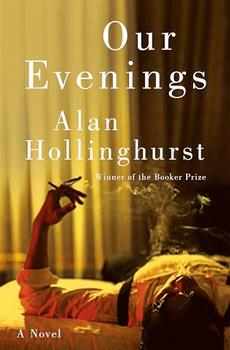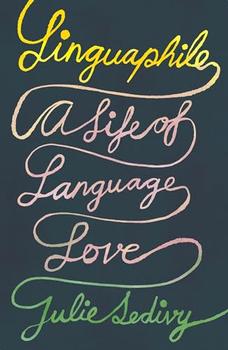Summary | Excerpt | Reviews | Readalikes | Genres & Themes | Author Bio

How a Christian Country Has Now Become the World's Most Religiously Diverse Nation
by Diana EckIntroduction
The huge white dome of a mosque with its minarets rises from the cornfields just outside Toledo, Ohio. You can see it as you drive by on the interstate highway. A great Hindu temple with elephants carved in relief at the doorway stands on a hillside in the western suburbs of Nashville, Tennessee. A Cambodian Buddhist temple and monastery with a hint of a southeast Asian roofline is set in the farmlands south of Minneapolis, Minnesota. In suburban Fremont, California, flags fly from the golden domes of a new Sikh gurdwara on Hillside Terrace, now renamed Gurdwara Terrace. The religious landscape of America has changed radically in the past thirty years, but most of us have not yet begun to see the dimensions and scope of that change -- so gradual has it been, and yet so colossal. It began with the "new immigration," spurred by the 1965 immigration act, as people from all over the world came to America and have become citizens. With them have come the religious traditions of the world -- Islamic, Hindu, Buddhist, Jain, Sikh, Zoroastrian, African and Afro-Caribbean. The people of these living traditions of faith have moved into American neighborhoods, tentatively at first, their altars and prayer rooms in store fronts and office buildings, basements and garages, recreation rooms and coat closets, nearly invisible to the rest of us. But in the past decade, we have begun to see their visible presence, at least those of us who are looking for it. Not all of us have seen the Toledo mosque or the Nashville temple, but we will see places like them, if we keep our eyes open -- even in our own communities. They are the architectural signs of a new religious America.
For ten years, I have gone out looking for the religious neighbors of a new America. As a scholar, I have done what is probably the social equivalent of calling up and inviting myself, a stranger, to dinner. I have celebrated the Sikh New Year's festival of Baisakhi with a community in Fairfax County, Virginia. I have feasted at the Vietnamese Buddhist "Mother's Day" in a temple in Olympia, Washington, and I have delivered an impromptu speech on the occasion of Lord Ram's Birthday at a new Hindu temple in Troy, Michigan. I have been received with hospitality, invited to dinner, welcomed into homes, shown scrapbooks of family weddings, and asked to return for a sacred thread ceremony or a feast day. In the early 1990s, I mapped out an ambitious plan of research which I called the Pluralism Project, enlisting my students as hometown researchers in an effort to document these remarkable changes, to investigate the striking new religious landscape of our cities, and to think about what this change will mean for all of us, now faced with the challenge of creating a cohesive society out of all this diversity.
Our first challenge in America today is simply to open our eyes to these changes, to see something quite new, to discover America anew, and to explore the many ways in which the new immigration has changed the religious landscape of our cities and towns, our neighborhoods and schools. For many of us, this is real news. We know, of course, that immigration has been a contentious issue in the past few decades. Today the percentage of foreign-born Americans is greater than ever before, even than during the peak of immigration one hundred years ago. The fastest growing groups are Hispanics and Asians. Between 1990 and 1999 the Asian population grew 43% nationwide to some 10.8 million and the Hispanic population grew 38.8% to 31.3 million, making it almost as large as the Black population. The questions posed by immigration are now on the front burner of virtually every civic institution from schools and zoning boards to hospitals and the workplace. How many customs and languages can we accommodate? How much diversity is simply too much? And for whom? We know that the term "multiculturalism" has crept into our vocabulary and that this term has created such a blaze of controversy that some people mistake it for a political platform, rather than a social reality. But for all this discussion about immigration, language, and culture, we Americans have not yet really thought about it in terms of religion. We are surprised to discover the religious changes America has been undergoing.
Reprinted from A New Religious America by Diana Eck. Copyright Diana Eck 2001. Used by permission of the publisher, Harper SanFrancisco. All rights reserved.




It is among the commonplaces of education that we often first cut off the living root and then try to replace its ...
Click Here to find out who said this, as well as discovering other famous literary quotes!
Your guide toexceptional books
BookBrowse seeks out and recommends the best in contemporary fiction and nonfiction—books that not only engage and entertain but also deepen our understanding of ourselves and the world around us.